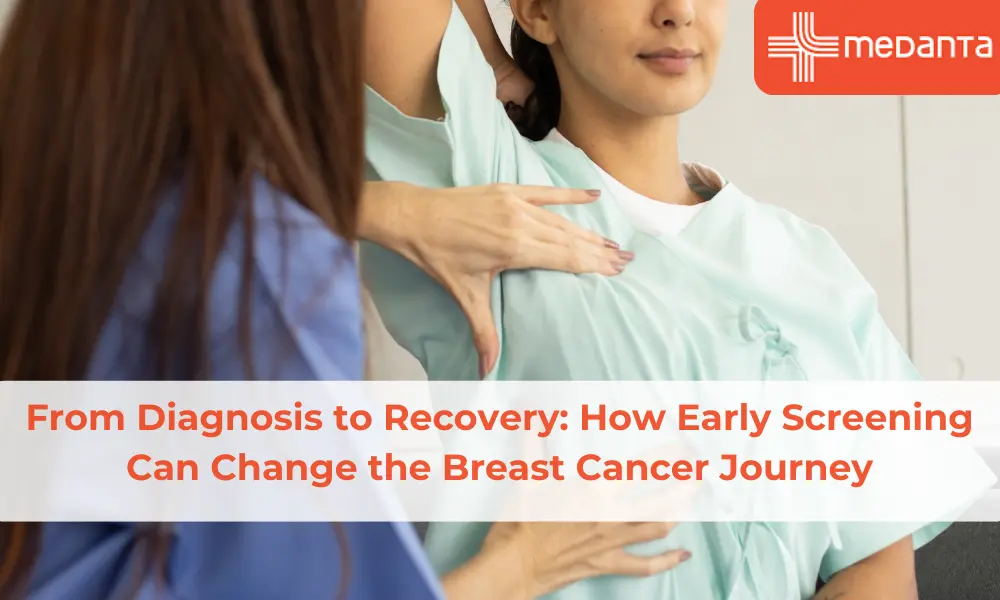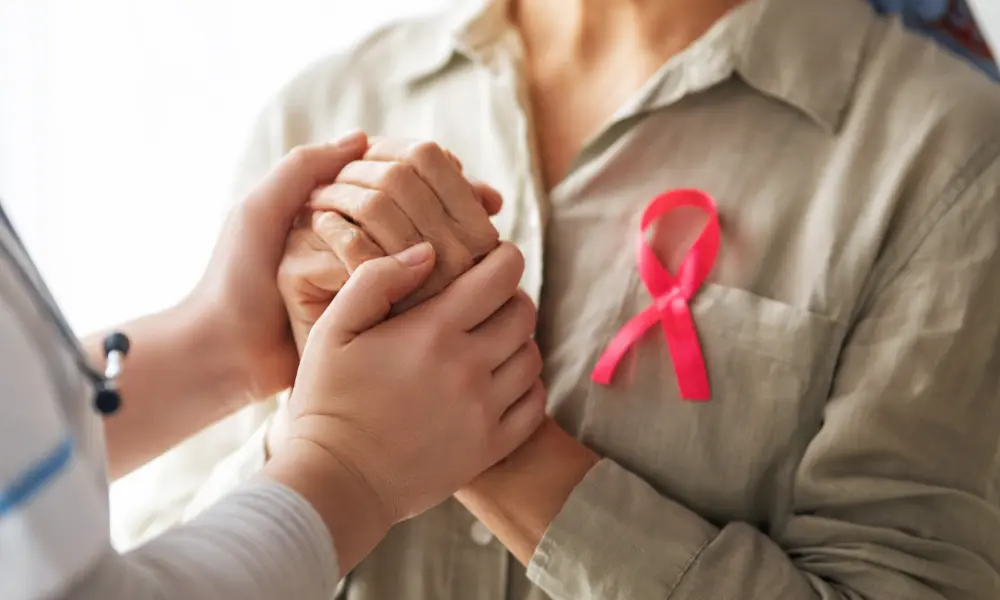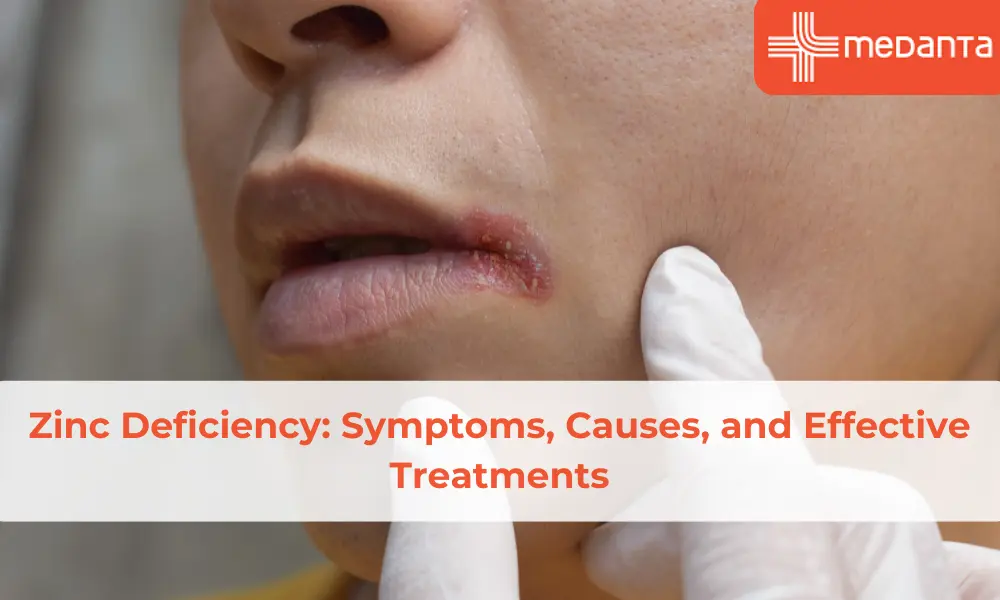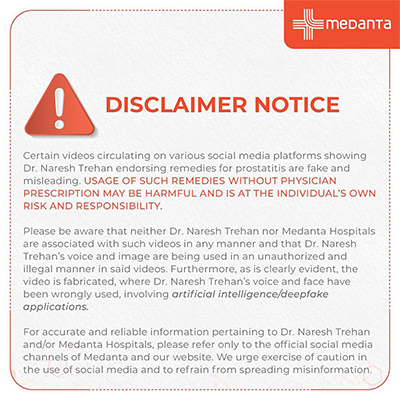From Diagnosis to Recovery: How Early Screening Can Change the Breast Cancer Journey

TABLE OF CONTENTS
Early detection through different screening methods not only saves lives but also makes the whole treatment process easier for people facing this common disease.
Breast cancer screening (tests and examinations used to find breast cancer before symptoms appear) saves lives - this is more than just talk. A study proved that early detection programmes saved hundreds of thousands of lives per year compared to having no screening plan. Such results show why regular screening plays a key role in taking care of your breast health.
Finding breast cancer early or late can completely change a patient's treatment approach. The five-year survival rate increases to 90% when doctors catch breast cancer early, which proves why acting fast is so important. Mammograms can spot breast cancers up to three years before anyone can feel a lump. This extra time lets patients and doctors plan treatment better.
Finding breast cancer early through good screening brings another big plus - less intense treatment options. Many can get by with a lumpectomy instead of losing their entire breast.
This piece takes you through the breast cancer experience from start to finish. You'll learn about screening, diagnosis, treatment choices, and recovery.
The Breast Cancer Diagnosis Process
Doctors usually start diagnostic procedures after noticing unusual initial screening findings or when women show certain symptoms. Here's how this unfolds:
Stage | Procedure | Purpose | What to Expect |
Self-Check | Self-Breast Examination (SBE) | Helps detect lumps, changes, or abnormalities early | Performed monthly; involves visual inspection and feeling for changes |
Original Assessment | Clinical Breast Exam | Doctor checks for visible abnormalities and palpates the breast tissue | Physical examination of breasts and lymph nodes in sitting and lying positions |
Primary Imaging | Diagnostic Mammogram | More detailed X-rays of the concerning areas | Additional views beyond standard screening |
Determines if a lump is solid or fluid-filled | Uses sound waves, especially helpful for dense breasts | ||
Advanced Imaging | Breast MRI | Creates detailed pictures using magnets and radio waves | Often used for high-risk patients; requires injection of contrast dye |
Abnormal screenings lead to follow-up investigations that don't always show cancer. Your doctor will decide the right diagnostic methods of your condition depending on your specific situation.
Stage | Procedure | Purpose | What to Expect |
Tissue Sampling | Fine Needle Aspiration | Removes a small amount of fluid/cells | Quick procedure with a thin needle |
Core Needle Biopsy | Removes larger tissue samples | More tissue collected than FNA; commonly preferred | |
Surgical Biopsy | Removes entire suspicious area | May be excisional (entire lump) or incisional (portion) | |
Pathology | Laboratory Testing | Examines cells for cancer | Results typically available in 1-2 weeks |
Protip: If you are experiencing unusual signs like discharge from the nipple, a mass in your breast or constant tiredness don't hesitate to consult your doctor. Early detection of the disease can lead to better results.
Importance of Early Detection

Discovering breast cancer in its early stages offers key benefits:
Doctors can use less aggressive treatments. Lumpectomies may replace mastectomies, and patients sometimes avoid chemotherapy.
Women who get regular mammogram screenings have better chances of detecting the issues before they even start.
Early-stage breast tumours have higher curability rates. Surgery often remains an option, and outcomes tend to improve.
Patients face less mental stress. Early detection means fewer worries compared to diagnosing it later.
No screening test is perfect, but research shows that regular mammograms substantially reduce breast cancer deaths. These benefits go beyond individual patients - a country's investment in women's health creates healthier, more educated societies that benefit multiple generations.
Emotional and Psychological Support
Breast cancer's psychological effects go way beyond the reach and influence of physical symptoms.
A breast cancer diagnosis lets loose a rush of emotions - fear, anger, sadness, and uncertainty. Psychological challenges become more intense if you have less social support, are younger, or need intensive treatments. Patients who undergo mastectomy and chemotherapy tend to experience distress for longer periods.
Emotional support brings several vital benefits to patients. It helps reduce anxiety and depression symptoms. The quality of life and treatment compliance see substantial improvement. Patients also learn to develop better coping strategies.
Mental well-being improves substantially with professional help from psychiatrists, psychologists or counsellors. Support groups, both in-person and online, create safe spaces where patients connect with others who share similar experiences.
Protip: Finding cancer early gives you more options for less invasive surgery.
Conclusion
Early detection through regular screening changes everything about breast cancer treatment. Finding cancer early saves lives. Patients can opt for less invasive treatments like lumpectomy rather than mastectomy.
An early diagnosis makes the treatment path much clearer. Surgery provides the foundation, and doctors may recommend radiation, chemotherapy, or hormone therapy based on your cancer's specific characteristics.
Your healthcare needs continue after treatment ends. Regular follow-up appointments and mammograms become part of your routine. The fear of recurrence may stay, but paying attention to your body's changes helps address concerns quickly.
Breast cancer brings life-changing challenges. Regular screening gives you the best chance for positive outcomes. This knowledge enables you to take control of your breast health. Note that screening not only saves lives but also shapes your treatment experience, recovery, and life beyond cancer.
FAQs
How does early screening improve breast cancer outcomes?
Early detection can completely change your chances of survival. When doctors find breast cancer early in its localised stage, patients have a 99% five-year relative survival rate. Regular screenings lower breast cancer death rates by a lot. Mammography screenings can detect cancer up to three years before you might feel a lump.
What treatments are available after early diagnosis?
Doctors typically recommend:
Surgery (lumpectomy or mastectomy
Radiation therapy
Chemotherapy
Hormone therapy for hormone receptor-positive cancers
Targeted therapies for HER2-positive cancers
How long is the recovery process?
Your recovery time depends on your treatment. Surgical wounds usually heal in 6-8 weeks. You might feel better after 5-10 days with a lumpectomy. Mastectomy patients typically recover in 3-4 weeks. Recovery from mastectomy with reconstruction takes 6-8 weeks. Most active treatments end within 6-8 months.
What support is available during recovery?
You can get help through professional counselling, peer support groups, and specialised cancer support organisations. CancerCare provides free professional support services, counselling, and education.
Can breast cancer come back after recovery?
Cancer can return unfortunately. Most cases come back within five years, especially during the first two years after treatment. Your risk might be higher with lymph node involvement, larger tumours, inflammatory breast cancer, younger age at diagnosis, and triple-negative or HER2-positive cancers.
What lifestyle changes help reduce the risk of recurrence?
You should:
Maintain a healthy weight
Exercise at least 150 minutes weekly at moderate intensity.
Eat plenty of fruits and vegetables
Limit alcohol
Avoid smoking
How often should follow-up check-ups be after treatment?
You'll need check-ups every 3-4 months during the first 2-3 years. These visits become less frequent - every 6 months during years 3-5, then yearly after that. Start getting mammograms 6-12 months after treatment ends, then yearly.
Are there any signs to watch for that indicate recurrence?
Watch for:
Any new lumps
Swelling around your chest or collarbone
Ongoing bone or chest pain
Trouble breathing
Headaches
Unexplained weight loss
Can early treatment reduce the need for aggressive therapies?
Yes! Finding cancer early often means smaller tumours that need less extensive surgery - you might only need a lumpectomy instead of a mastectomy. Some patients with early-stage cancers can skip chemotherapy entirely.
How does early detection impact survival rates?
Breast cancer found early has a 99% five-year survival rate for localised disease. Women whose cancer shows up during screening are 63% less likely to die than those who find it through symptoms.




